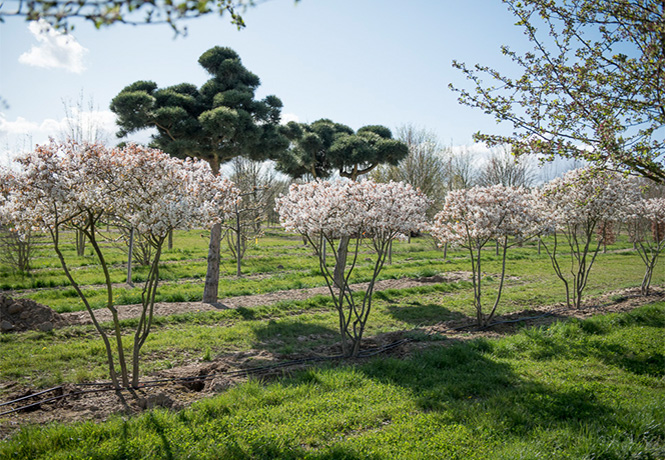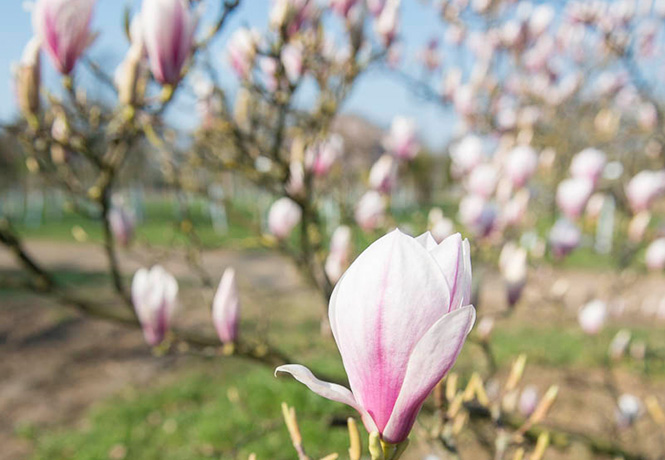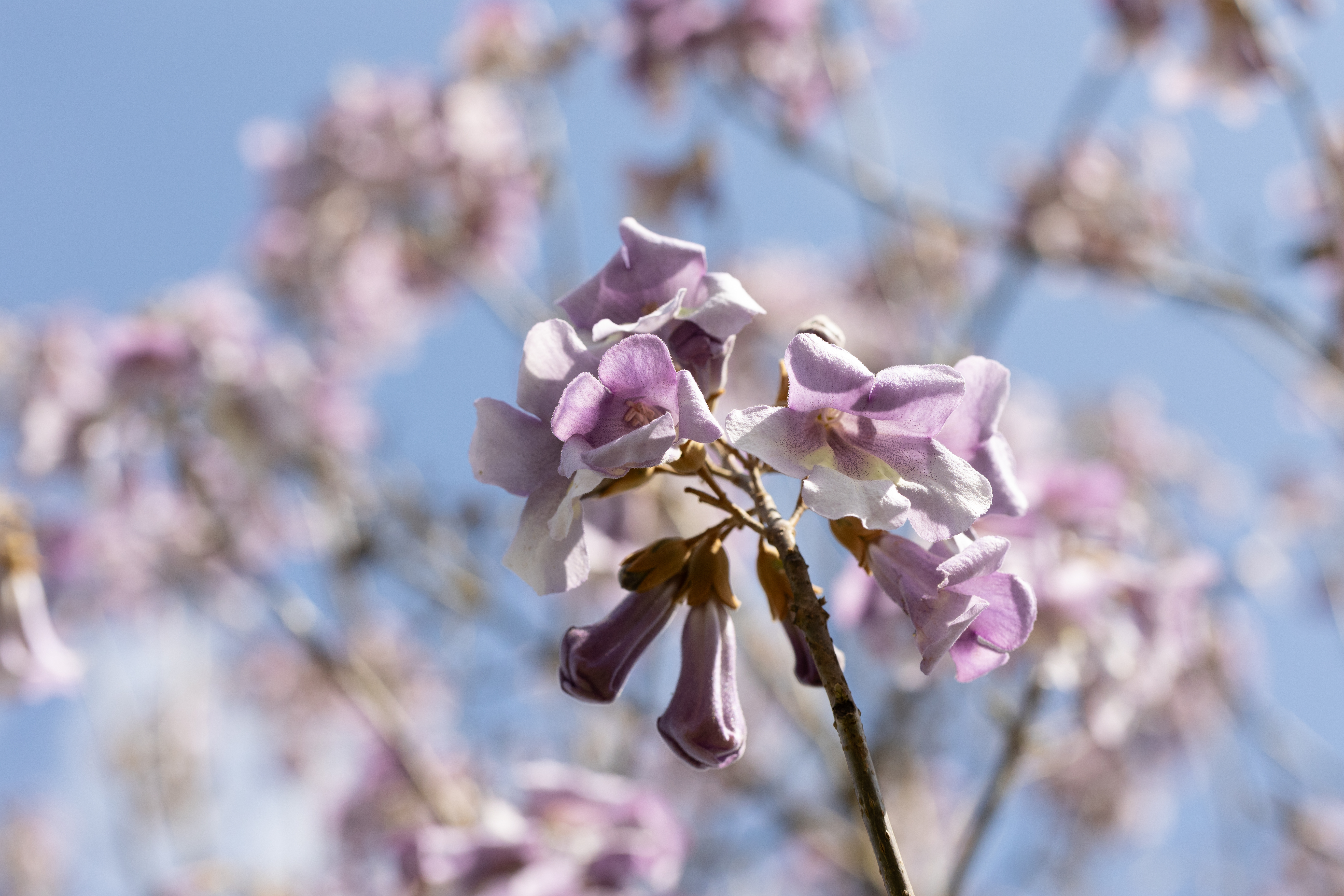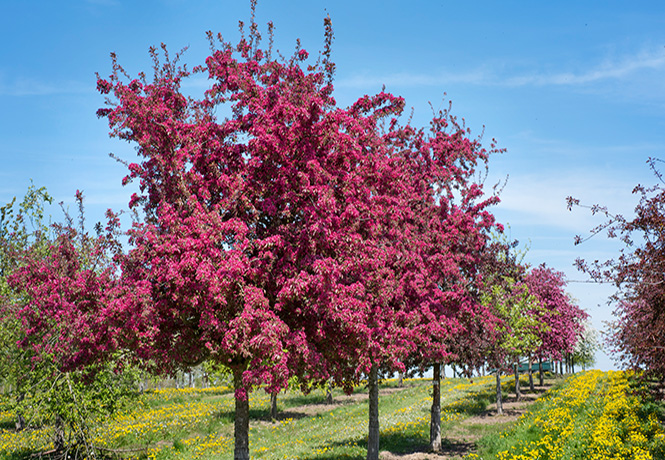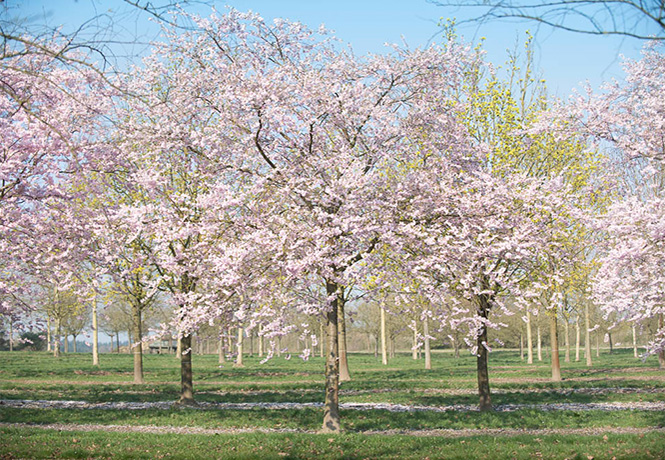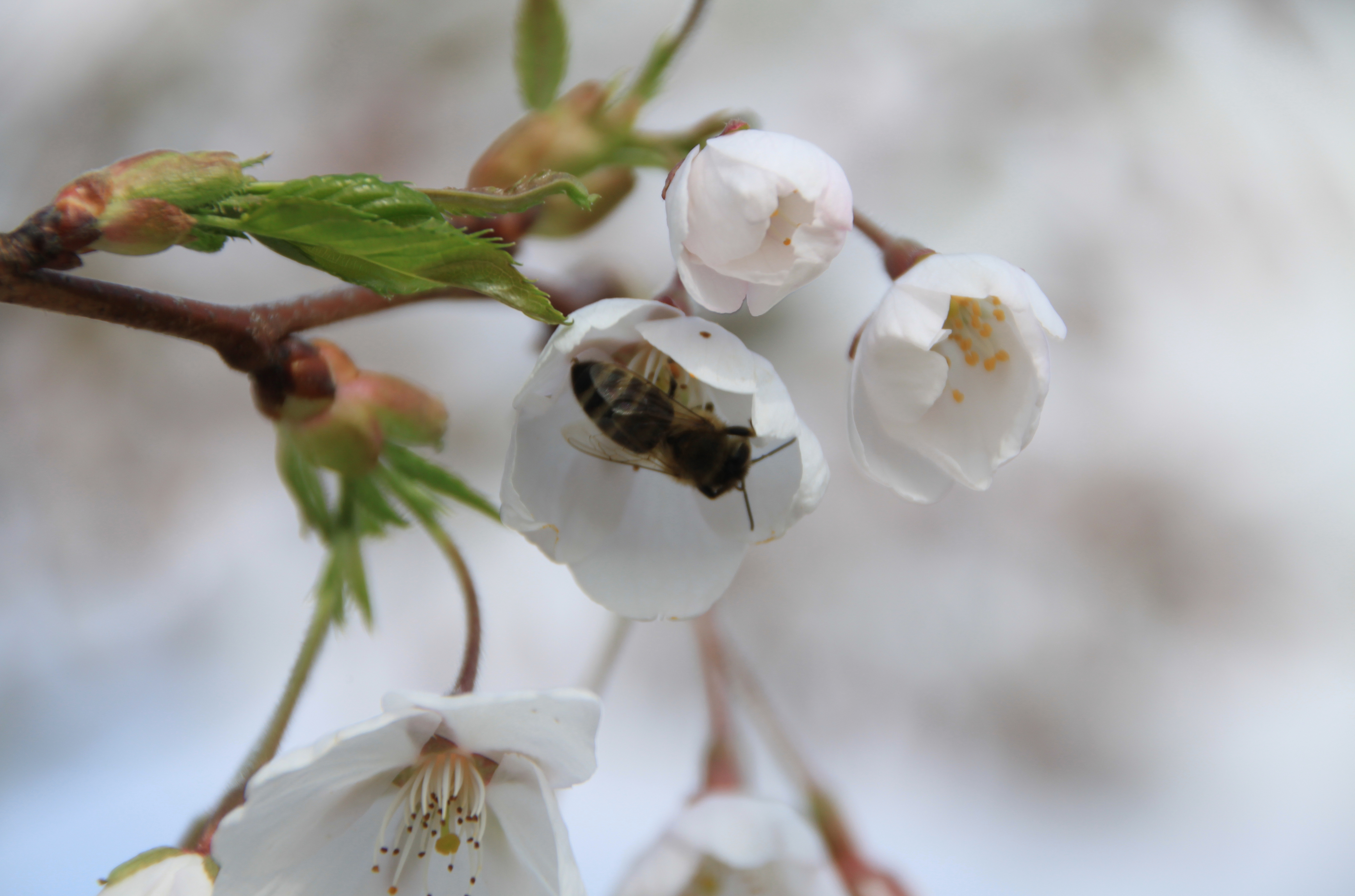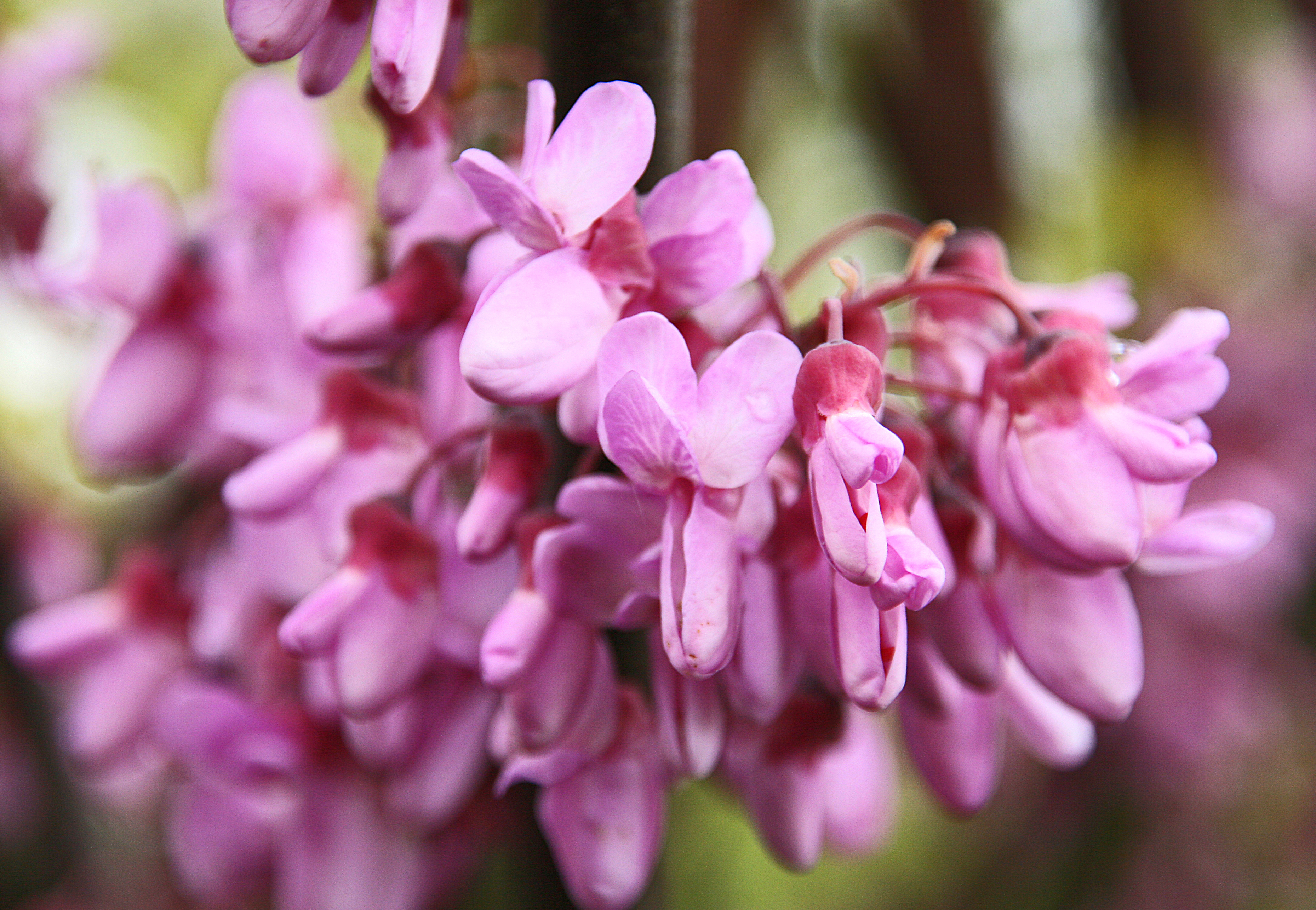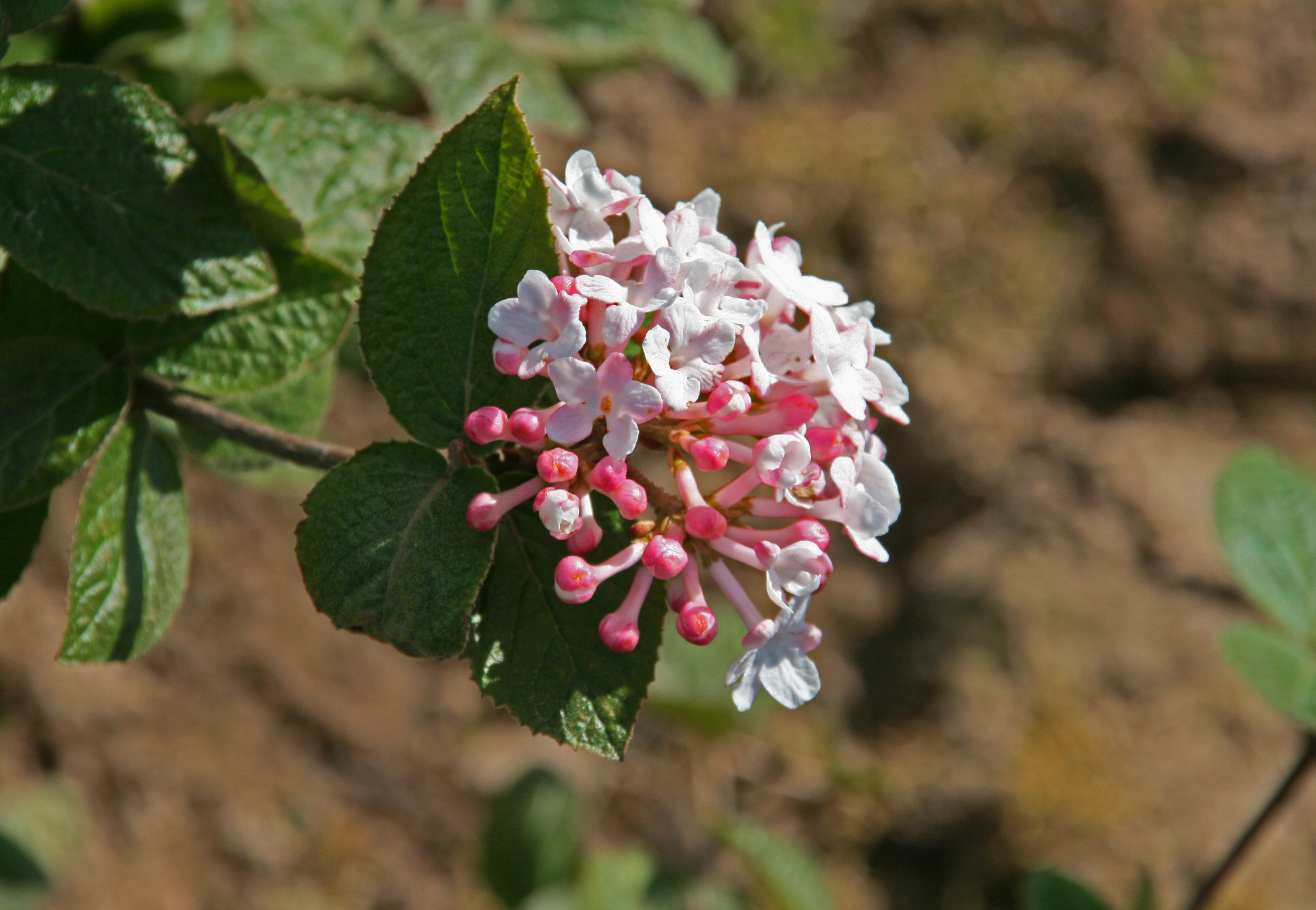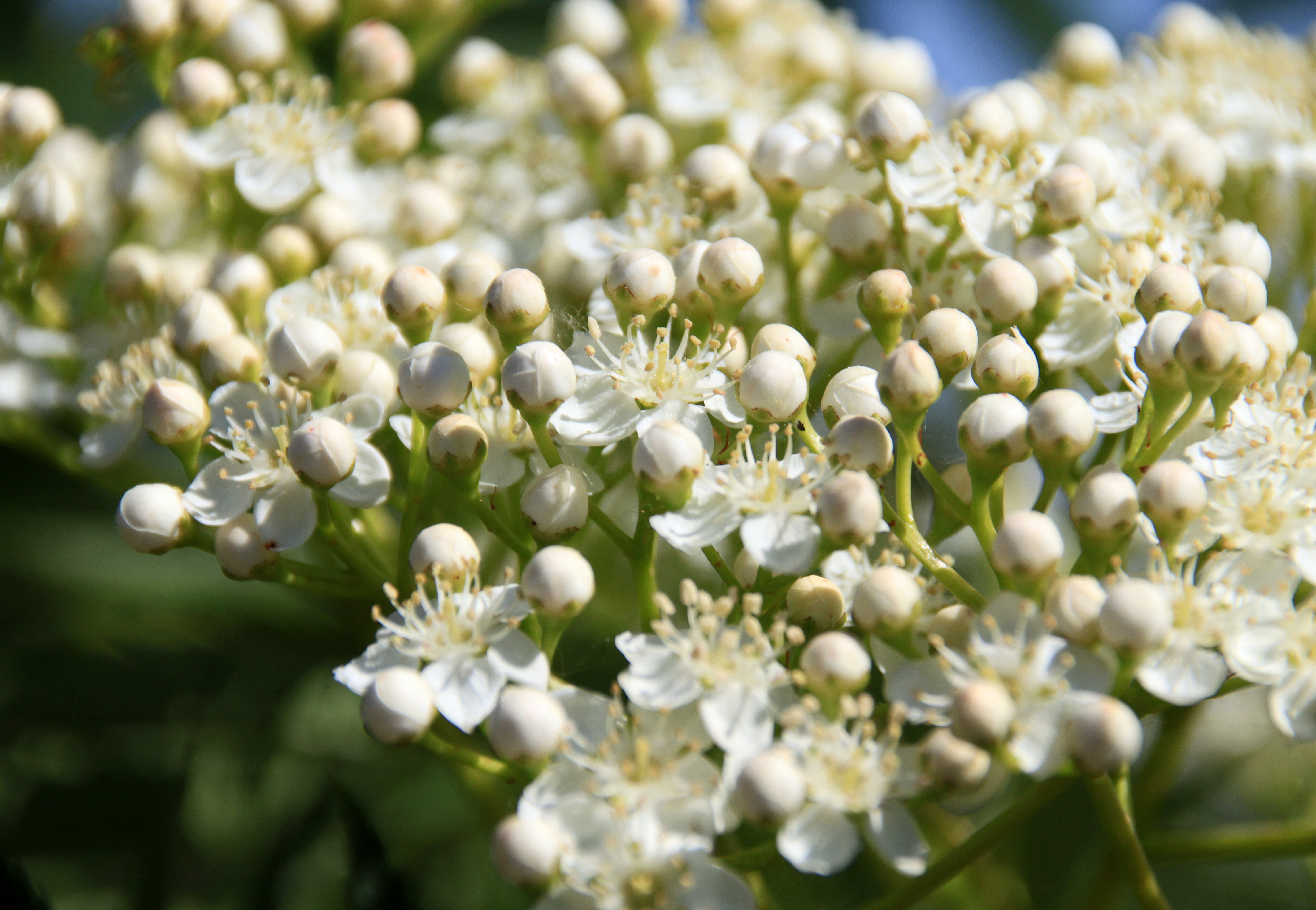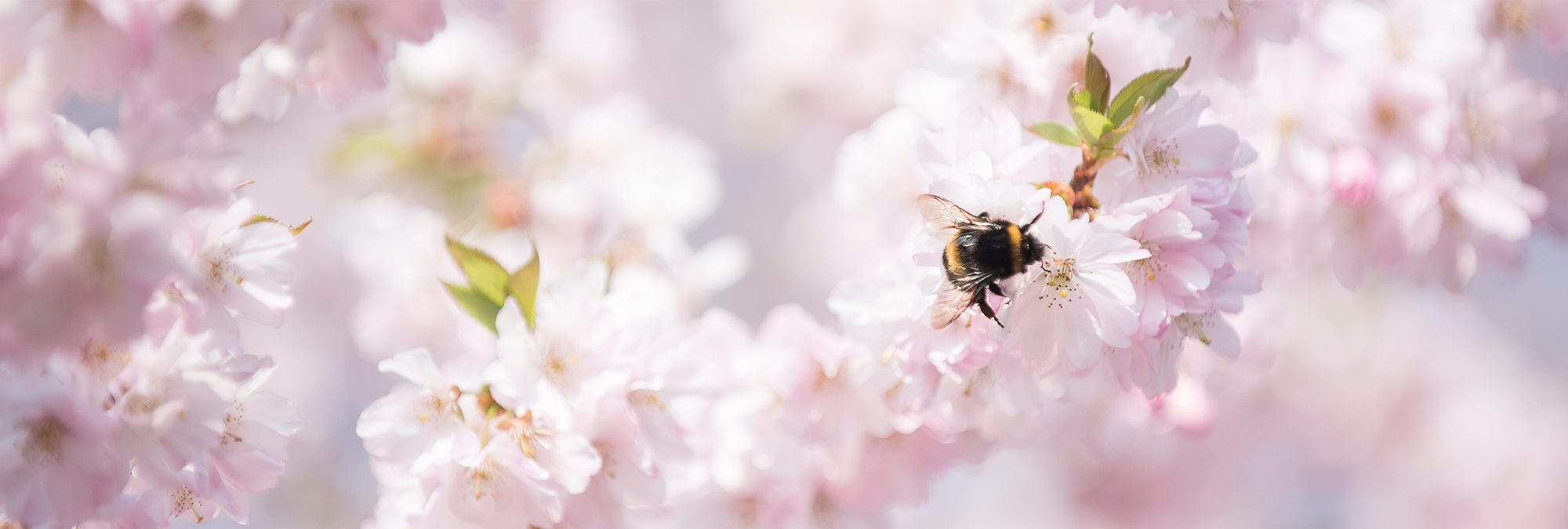
Spring at last!

“If the flowering fails, it is often due to the lack of water in the summer before. The plant doesn’t produce many flowers and stores too few reserve substances. Tip: water your early bloomers on hot days in summer to ensure plenty of blossom in the coming spring.“
Malte Heinrichsdorff, Production Manager Bad Zwischenahn, Lorenz von Ehren Nursery
FAQ - Frequently asked questions
What are the benefits of spring-flowering shrubs?
Aesthetics: They beautify the garden with their bright colours.
Biodiversity: Early-flowering shrubs provide bees and other insects with a valuable source of food.
Privacy: Densely growing shrubs such as lilac or forsythia serve as a natural boundary.
Fruit & fragrance: Some species, such as cornelian cherry, bear edible fruit or exude a pleasant fragrance.
What should the soil conditions be like?
Spring-flowering shrubs require well-drained, nutrient-rich soil: Humus-rich soil promotes root growth and nutrient absorption. A slightly acidic to neutral pH value is ideal for most species (e.g. magnolias prefer slightly acidic soils). Avoid waterlogging as this can cause root rot - a drainage layer helps in heavy soils.
What care do these shrubs need?
Choice of location: Sunny to semi-shady spots promote lush flowering.
Soil: Well-drained, humus-rich soil is ideal.
Pruning: After flowering, the shrubs should be pruned back to encourage the formation of new flower buds.
Watering: Water sufficiently during dry periods, but avoid waterlogging.
Fertilisation: Provide with organic fertiliser or compost in spring.
Important note: Early flowers can be damaged by late frosts. A sheltered location, e.g. against a house wall or under tall trees, offers protection from icy winds and cold.


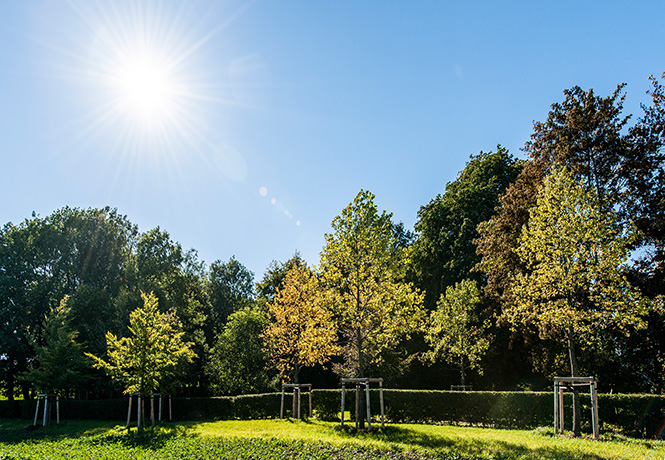

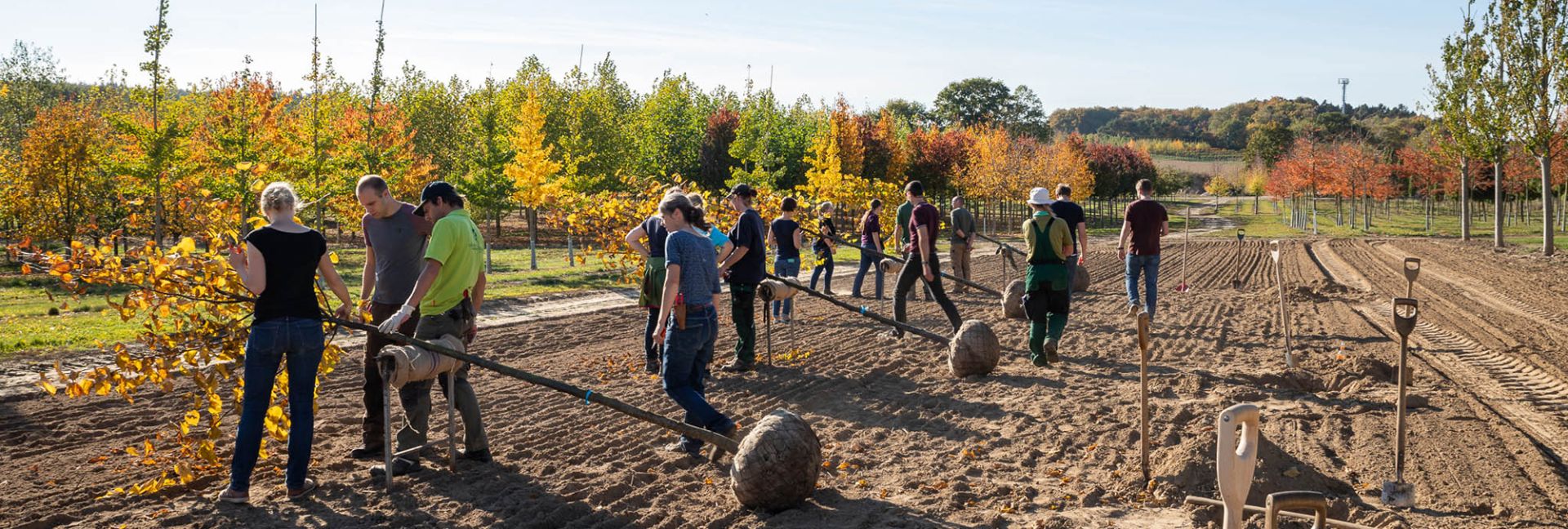

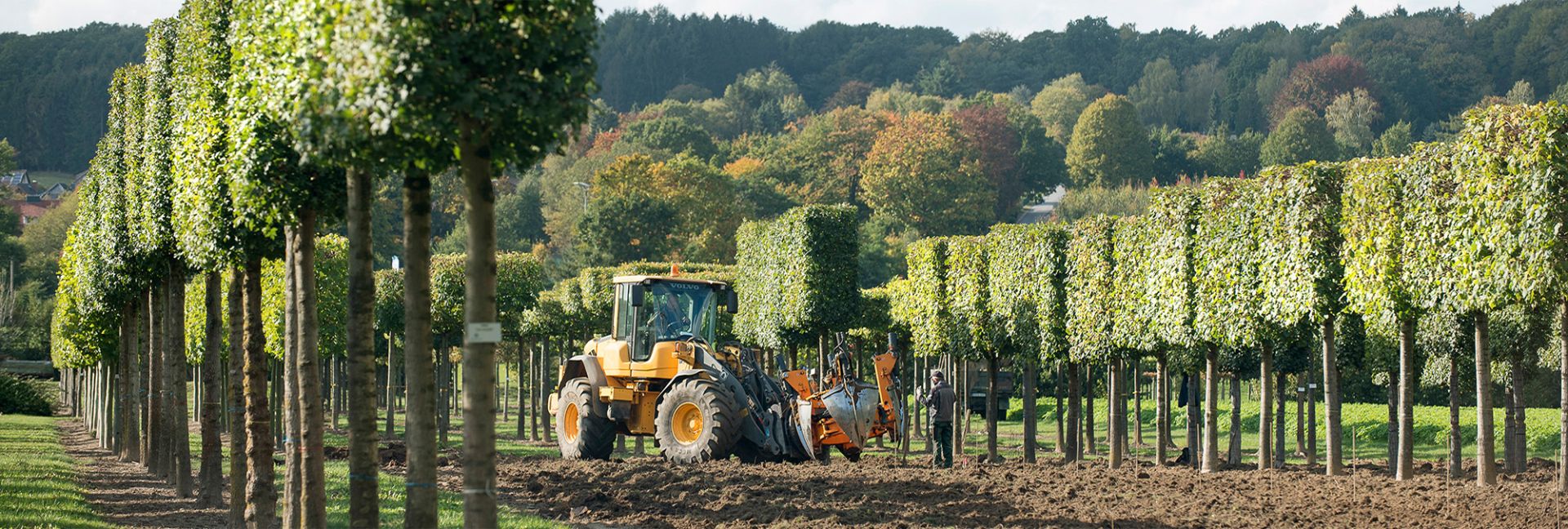


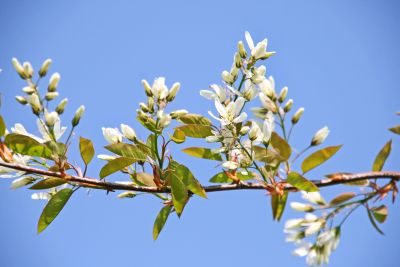

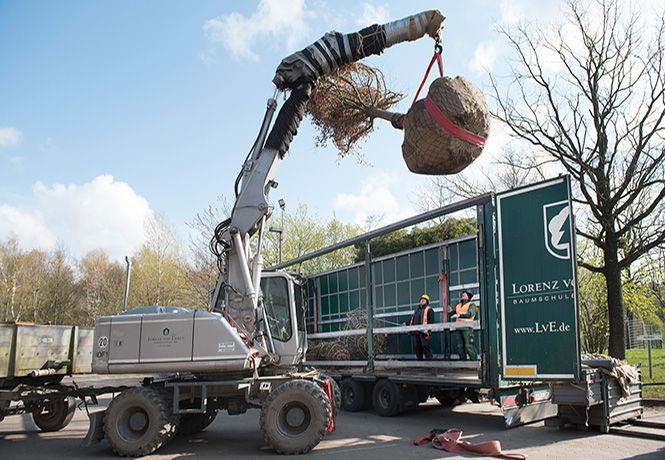



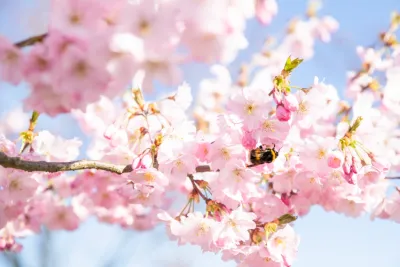



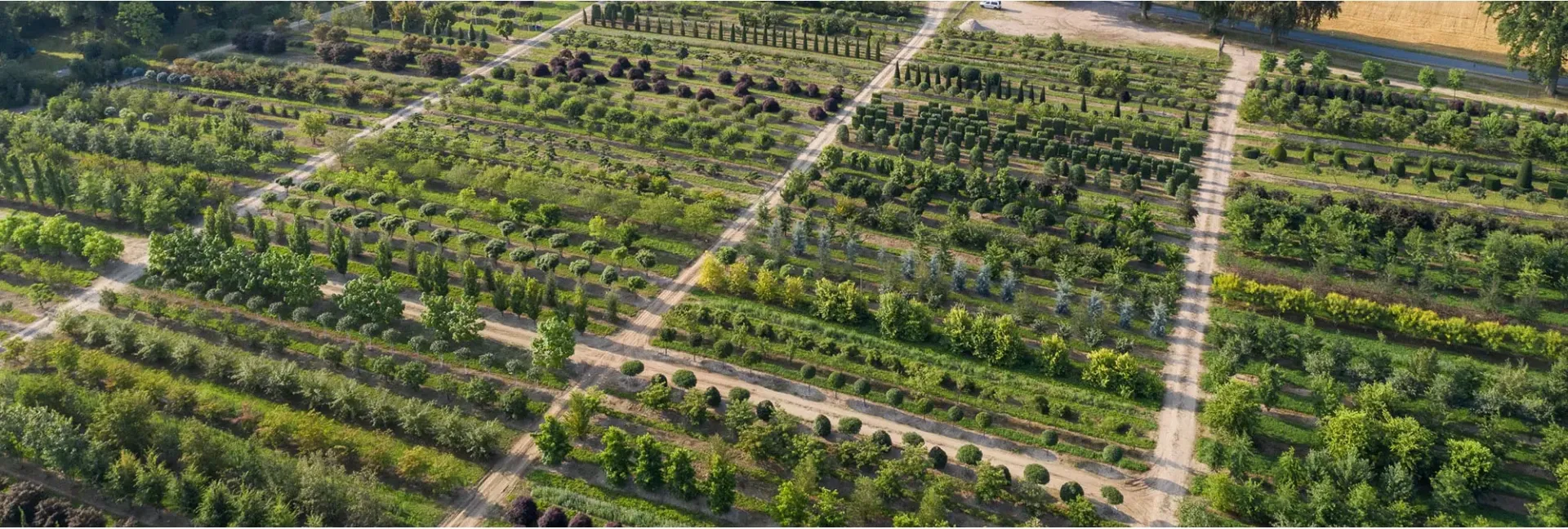
_400x400.webp)



